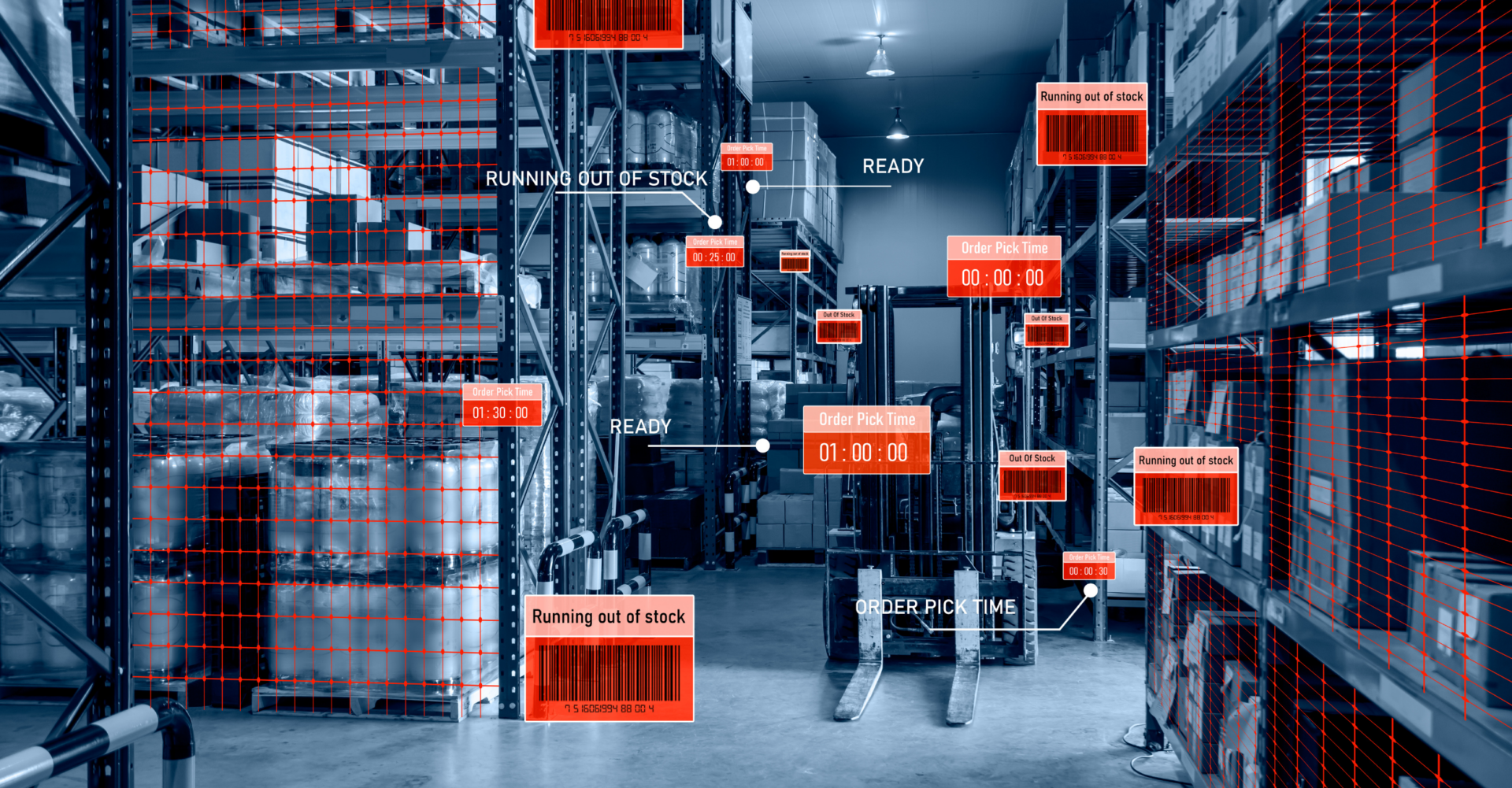
Prioritize Phishing Protection in Your Security Strategy – Email Content Security
In this day and age, email has become completely ingrained into our society. In 2017 alone, 269 billion emails were sent EACH DAY. And that number is estimated to rise to over 333 billion daily emails by 2022. With that much communication flowing back and forth over the internet, it is no question as to why email is one of the most targeted platforms for cyber criminals.
The team over at The Email Laundry do a wonderful job of explaining the basics of how email works and why it can be such a weakness:
“While almost everyone knows how to send or receive an email, the same can not be said for the understanding of how that email was sent or received. If a user doesn’t understand the basics of how email works they won’t know what security issues may face them and leave themselves vulnerable to attacks.
Email is inherently insecure for a variety of reasons, however there are three major issues that stand out.
- Simple Communications
The ability to communicate with anyone anywhere, at any time; is what makes email such an incredible and important tool. Users of all ages and technical abilities can use email seamlessly, thanks to the simple and easy-to-use nature of email. This simple nature has allowed email to grow into the massive communication service it is today, but it is also a giant weakness.The simple path an email takes when sent, leaves messages and information exposed. Anyone with the right knowledge can intercept, read and edit, or even place viruses and malware into the email. - Public NetworksAs mentioned above, when an email is sent, the information in the email is unsecured and can become visible to others. This is a major problem as the path emails take when sent (as with all internet based technology), travel through other people’s property.The electronic signal (email) will travel through servers belonging to other organizations to get to and from your desired destination company. These other organizations can easily stop, read, and edit the original email as it passes through their server, then send it on.
- Too Simple to ResistThe simple nature and the ease of gaining access to emails is what attracts most hackers and bad characters to it. When an email is sent un-encrypted, gaining access to the data and content is a quick and easy task. Organizations and governments have tried to take advantage of email’s simplicity by offering money and other incentives in exchange for intercepting or copying emails.”
So with all the bad emails moving around, how do you keep people from falling victim? The first step is using a secure, tested email content security program to filter out possible malware and phishing emails before they ever even touch your inbox. Emails that are deemed suspicious are quarantined, and it is up to the user to decide whether they want to release that email into their inbox or not.
What do the IT pros use?
At BECA, we are currently utilizing The Email Laundry for email content security and spam filtering. With their technological edge in threat intelligence, advanced predictive analytics, and impersonation detection, The Email Laundry allows us and our customers to rest assured that their program will identify malicious sources before they can attack – keeping our email safe.
Check back next week as we share part 3 of our Phishing Protection blog series – the importance of anti-malware detection.
Share the IT Brain Power
More from the BECA Blog



